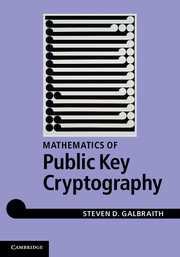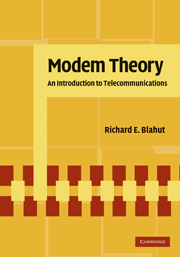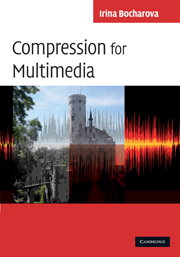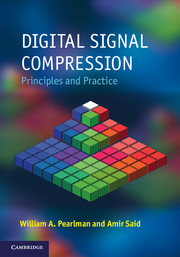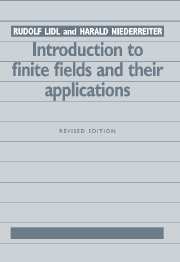The puzzle from last chapter is known as Hume's Problem of Induction.
Puzzle: If you observe 500 black ravens, what basis do you have for supposing that the next one you observe will also be black?
Many people’s answer would be to apply Bayes’s Theorem. For this to work, though, we need to make some assumption such as that all the ravens are drawn from the same distribution. If we don’t assume that the future resembles the past at all, then it’s very difficult to get anything done. This kind of problem has led to lots of philosophical arguments like the following.
Suppose you see a bunch of emeralds, all of which are green. This would seem to lend support to the hypothesis that all emeralds are green. But then, define the word grue to mean “green before 2050 and blue afterwards.” Then, the evidence equally well supports the hypothesis that all emeralds are grue, not green. This is known as the grue paradox.
If you want to delve even “deeper,” then consider the “gavagai” paradox. Suppose that you’re trying to learn a language, and you’re an anthropologist visiting an Amazon tribe speaking the language. (Alternatively, maybe you’re a baby in the tribe. Either way, suppose you’re trying to learn the language from the tribe.) Then, suppose that some antelope runs by and some tribesman points to it and shouts “gavagai!” It seems reasonable to conclude from this that the word “gavagai” means “antelope” in their language, but how do you know that it doesn’t refer to just the antelope’s horn? Or it could be the name of the specific antelope that ran by. Worse still, it could mean that a specific antelope ran by on some given day of the week! There’s any number of situations that the tribesman could be using the word to refer to, and so we conclude that there is no way to learn the language, even if we spend an infinite amount of time with the tribe.
